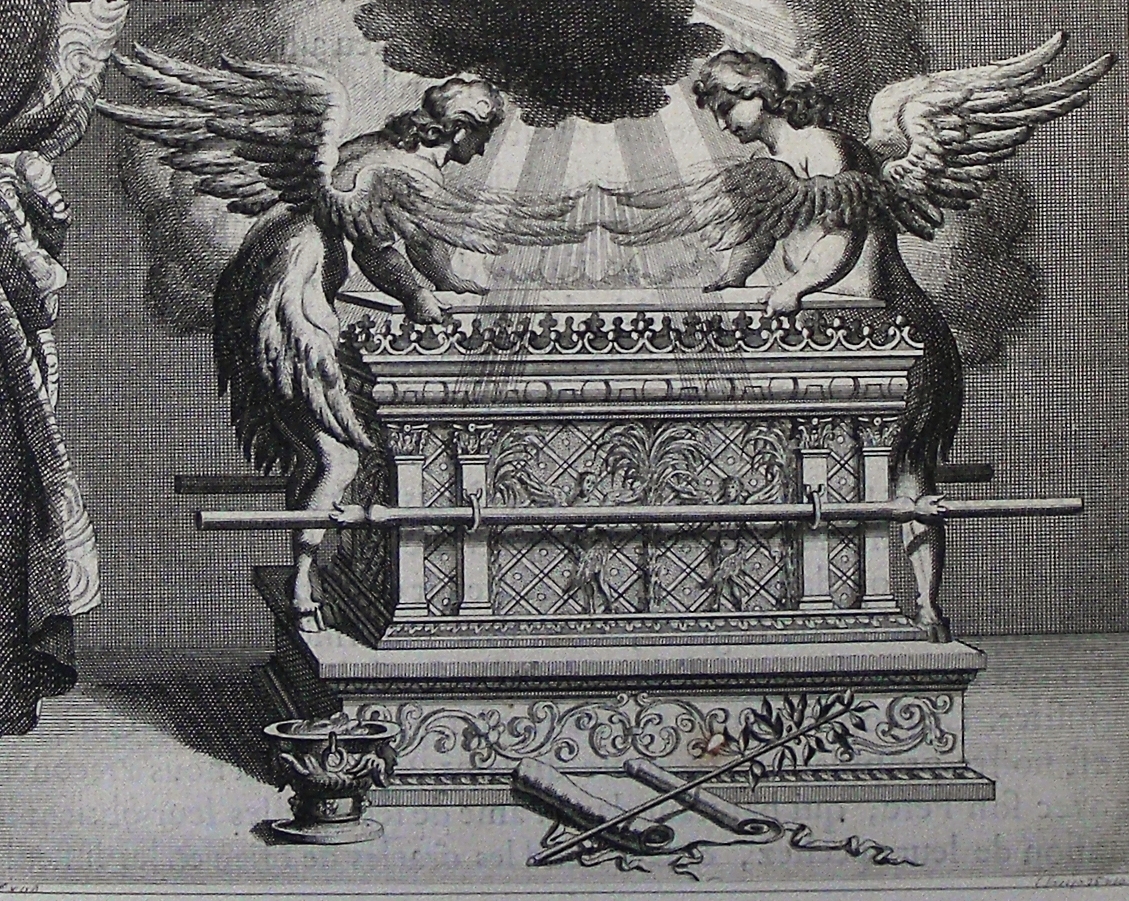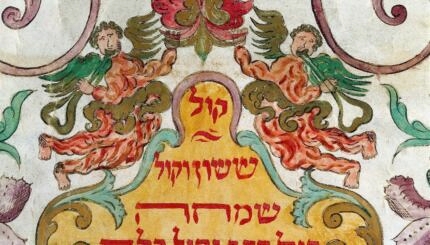On either side of the ark in the Temple were two keruvim (cherubs), delicately carved golden angels. In the Book of Exodus (25:20) we are told that they are to face each other. In the book of 2 Chronicles (3:13) it is recorded that they faced away from each other.
No gesture is more powerful than turning toward or turning away. There are moments in our lives when we face another, and moments when we turn aside. The keruvim symbolized periods of intimacy with God and periods of distance. At the heart of the Temple was a reminder that closeness alternates with detachment.
We should not underestimate the power of movement. A lifetime of distance can be remedied by turning toward another. Even the deepest love can be damaged by turning away.
One translation of Psalm 103:12 is: “As far as east is from west have our sins distanced us from God.” How far is east from west, asked the Kotzker Rebbe? At first, it seems it is a whole world away. But actually, if you face west, all you need to do is turn around. Teshuvah, repentance, is turning until, like the keruvim in the ark, we face each other.
With your help, My Jewish Learning can provide endless opportunities for learning, connection and discovery.
Rabbi David Wolpe’s musings are shared in My Jewish Learning’s Shabbat newsletter, Recharge, a weekly collection of readings to refresh your soul. Sign up to receive the newsletter.



